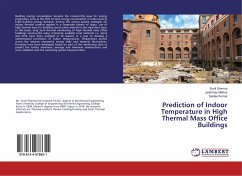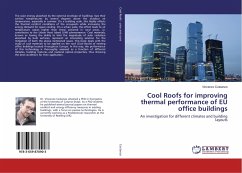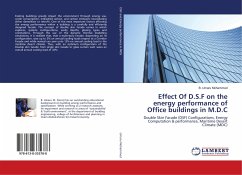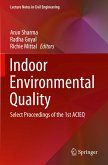Building energy consumption became the noteworthy issue for energy production units as the 35% of total energy consumption in India need to fulfill building energy demand. Among the various passive strategies for indoor thermal comfort applied in a composite climate of Jaipur, use of high thermal mass for building construction material is the important issue. In this book, long term thermal monitoring of high thermal mass office buildings constructed using commonly available local materials i.e. stone and brick have been analyzed in all seasons in a year to develop a mathematical correlation of indoor temperatures. Temperature profile across the seasons represents strong daily and seasonal fluctuations. Formulae have been developed based on part of the monitoring data to predict the indoor maximum, average and minimum temperatures and were validated with the remaining period measured data.








